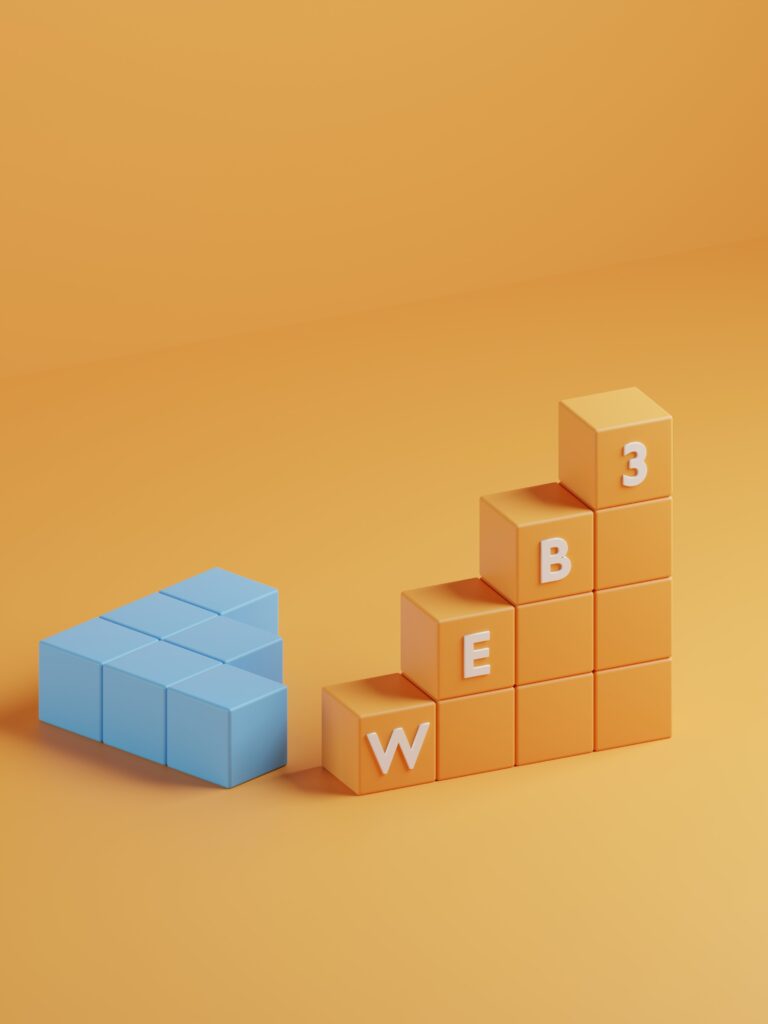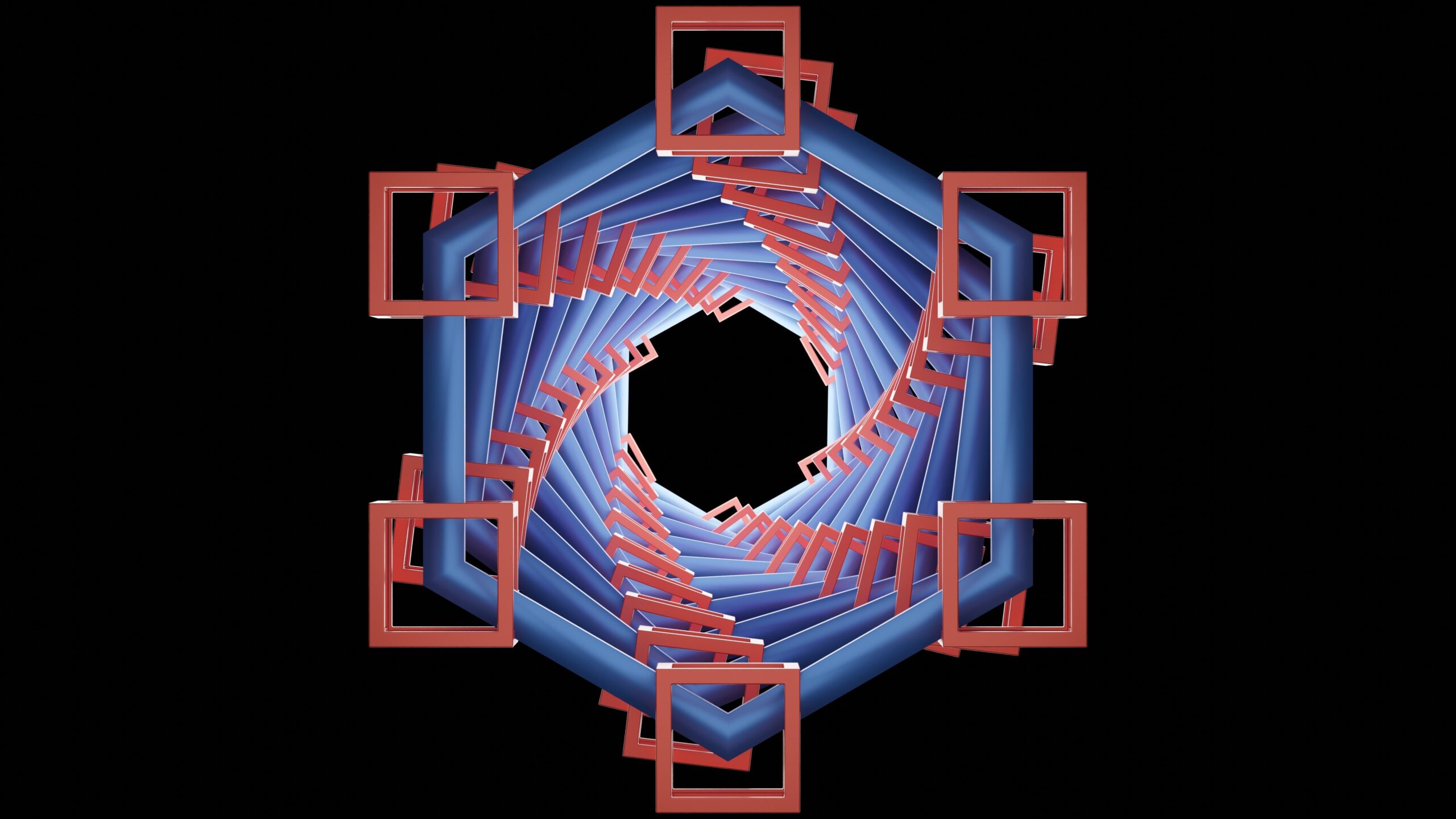Decentralized Finance, or DeFi, is an emerging ecosystem of financial applications built on blockchain technology. DeFi is designed to be more accessible, transparent, and secure than traditional finance. It is often seen as a potential disruptor to the traditional financial system, offering a more decentralized and inclusive approach to financial services. In this comprehensive guide, we will explore the basics of DeFi, how it works, the most popular DeFi applications, and what the future holds.
What is DeFi?
DeFi is a movement to create an open, transparent, and decentralized financial system. It is built on blockchain technology, which allows for trustless transactions and eliminates the need for intermediaries. DeFi aims to create a more inclusive financial system, where anyone can participate regardless of their geographic location, income level, or access to traditional financial services.
How Does it Work?
DeFi is built on blockchain technology, which is a decentralized, immutable, and transparent ledger. The most popular blockchain for DeFi applications is Ethereum, which allows for the creation of smart contracts. Smart contracts are self-executing contracts that automatically execute when certain conditions are met. This allows for the creation of a wide range of financial applications, from lending and borrowing to trading and investing.
The most popular DeFi applications include decentralized exchanges (DEXs), lending and borrowing platforms, stablecoins, and yield farming platforms. Decentralized exchanges allow for trustless trading of cryptocurrencies, eliminating the need for centralized exchanges. Lending and borrowing platforms allow users to earn interest on their crypto assets or borrow crypto without the need for a traditional financial intermediary. Stablecoins are cryptocurrencies that are pegged to the value of a stable asset, such as the US dollar, providing a more stable store of value than traditional cryptocurrencies. Yield farming platforms allow users to earn rewards for providing liquidity to DeFi applications.
What Are the Most Popular DeFi Applications?
There are many DeFi applications, each with their own unique features and benefits. Here are some of the most popular DeFi applications:
- Uniswap: A decentralized exchange that allows for trustless trading of cryptocurrencies.
- Compound: A lending and borrowing platform that allows users to earn interest on their crypto assets or borrow crypto without the need for a traditional financial intermediary.
- MakerDAO: A stablecoin that is pegged to the value of the US dollar and backed by a pool of crypto assets.
- Aave: A lending and borrowing platform that allows users to earn interest on their crypto assets or borrow crypto without the need for a traditional financial intermediary.
- Curve: A decentralized exchange that is focused on stablecoins, allowing for low-slippage trading of stablecoins.

What Is the Future of DeFi?
The future of DeFi is bright, with many potential use cases and innovations on the horizon. Some predictions for the future of DeFi include:
- Increased adoption of DeFi applications, as more people become aware of the benefits of decentralized finance.
- Greater regulatory scrutiny, as governments and financial regulators try to understand and regulate this new financial ecosystem.
- Integration with traditional finance, as DeFi applications become more mainstream and integrated into the traditional financial system.
- The development of new DeFi applications, as developers continue to experiment with blockchain technology and smart contracts.
Conclusion
DeFi is an exciting and rapidly evolving ecosystem of financial applications built on blockchain technology. It offers a more decentralized, transparent, and accessible approach to financial services, and has the potential to disrupt the traditional financial system. With many popular applications already in use and many more in development, the future of DeFi is bright and full of potential.
Thanks for reading. Also check our latest articles.









